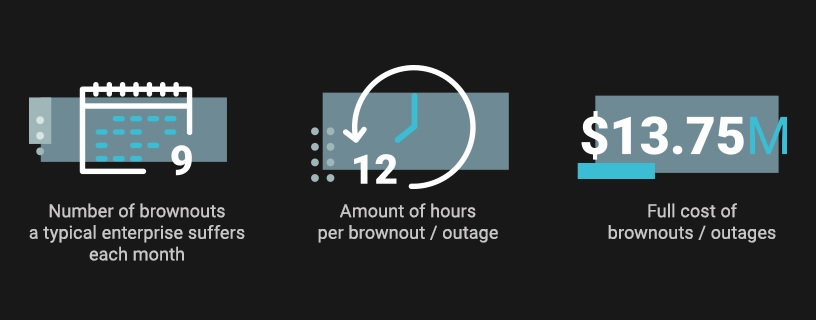Companies implementing observability benefit from increased operational efficiency, faster innovation, and better business outcomes overall, according to 2023 IT Trends Report: Lessons From Observability Leaders, a report from SolarWinds.
The report highlights a stark contrast between enterprises that have embraced observability and their peers who have not. Among the findings, the survey uncovered that observability leaders — those who follow best practices to leverage observability and report experiencing better business and IT outcomes as a result — are three times more likely to say their organization is:
■ doing extremely well with growing revenue.
■ more than twice as likely to say the same about operational efficiency.
■ 2.5 times more likely to say they're excelling with the speed of innovation.
Observability leaders also gave higher ratings to their organization's employee experience, including lower levels of reported employee burnout and fewer skill gaps on their teams.
These takeaways come at a critical time, as IT environments become increasingly complex, and companies experience more challenges in efficiently addressing IT issues as a result. According to the findings, the typical enterprise suffers from an average of nine brownouts or outages every month, lasting around twelve hours each, at an average annual cost of $13.7MM.

Observability has emerged as a solution to not only preemptively detect anomalies and potential issues before they escalate into full-blown outages but to proactively address those issues at the root cause and prevent future outages.
"Outages and security concerns are no longer just an IT problem, and observability is no longer just an IT solution," said Jeff Stewart, Field CTO and VP, Global Solutions Engineering at SolarWinds. "The better business, innovation, and technology outcomes experienced by observability leaders prove the benefits to every level, department, and employee. The findings of this year's report should serve as an urgent call to action for business leaders who believe they can't afford to invest in observability tools — when the truth is that we're rapidly entering a landscape in which companies simply can't afford to risk being without them."
The survey also highlighted trends among the observability leaders reporting fewer and less frequent challenges in their ecosystem, finding the majority are:
Investing in top priorities
Data shows organizations using observability solutions to support the priorities most critical to their growth and success:
■ improve their customer experience (96%)
■ enable faster innovation (71%)
■ reduce time spent solving (71%)
■ detect (60%) issues
■ increase operational efficiency (55%)
More automated and integrated
Observability leaders embracing automation and investing in tools that provide enhanced efficiency are:
■ 214% more likely to say they are doing extremely well with operational efficiency.
■ 750% more likely to say they are doing extremely well with auto-remediation of complex alerts.
■ 300% better at automatically collecting background diagnostic data for IT support staff.
Ahead on IT
The data found that those ahead of the curve on observability are also leading by huge margins when it comes to monitoring, detecting, and resolving issues that could otherwise bring the business to a screeching halt.
When it comes to IT, they are:
■ 233% better at auto-escalation of tickets.
■ 213% better at auto-remediation of simple alerts.
■ 36% better at settling alert levels based on historical behavior.


